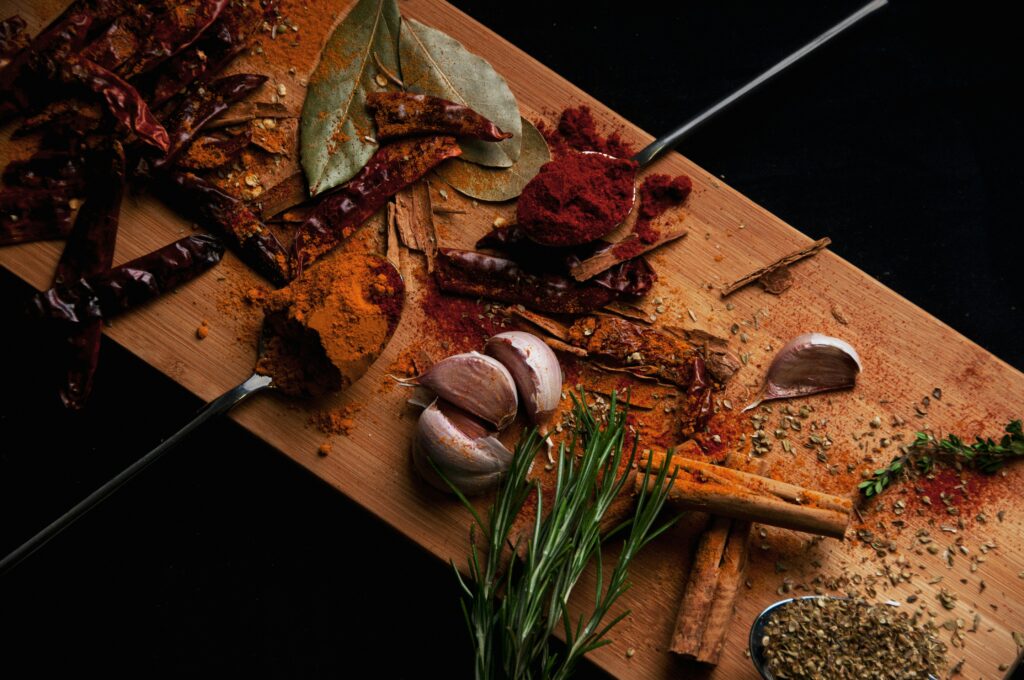One thing I have experienced in Japan is that there are not many spicy Japanese recipes. The Japanese food you’ll find is generally very mild. I am not saying that spicy food is not available in Japan. But the spicy food you’ll get is not like the Indian spicy food. Allow me to elaborate further. When indulging in Indian cuisine, the spices dance on your palate, enveloping your senses with their bold presence. You’ll feel the spice in your mouth. The chilies get all over your mouth. Indian dishes are meant to be spicy in contrast, Japanese fare, even when ordered with the highest spice level, lacks the authentic punch of spiciness. You will not feel the real spice flavor out of it. It feels like kind of artificial spice added to the food just to make it spicy. You’ll feel the spice in your throat instead of your mouth.
Curious about the lack of Japanese dishes matching the fiery intensity of Indian cuisine, I began exploring the cultural and historical reasons behind it. After doing some research, I’ve come to the conclusion that:
Culinary History:
Japanese cuisine has deep roots in its culinary history, shaped by factors such as geography, agriculture, and cultural preferences. As an island nation with abundant access to seafood, the Japanese have traditionally focused on highlighting the natural flavors of fresh ingredients. This emphasis on freshness and simplicity has become a fundamental characteristic of Japanese cuisine. Rather than relying heavily on spices to add flavor, Japanese cooks often prioritize techniques such as grilling, steaming, and simmering to bring out the inherent tastes of ingredients.
Geography:
Japanese food isn’t usually spicy because of Japan’s food history. Being surrounded by the sea, Japan has always relied on fresh seafood. As a result, they didn’t find the need to use spice in their food. Instead of using lots of spices, they prefer to let the natural flavors of their ingredients shine. This is a big part of Japanese cooking.

Climate and Agricultural Factors:
Japan’s weather also plays a role. It’s not too hot, so spices don’t grow as well there as in other countries like India. Unlike countries with tropical climates where spicy peppers and robust spices are abundant, Japan’s agricultural landscape is more conducive to cultivating crops such as rice, soybeans, vegetables, and seafood. While some spices are grown in Japan or imported for specific dishes, they are not as central to the cuisine as in regions where spicy ingredients are more readily available. That’s why Japanese food doesn’t use as many spices as some other Asian cuisines.
In Japanese cooking, it’s all about keeping things simple and bringing out the best in each ingredient. They don’t go for strong flavors like spicy food. Instead, they focus on making everything taste fresh and balanced. While traditional Japanese food tends to be mild, tastes can change over time. With more people traveling and trying different foods, you might find spicier dishes in Japan now than in the past. But the core of Japanese cooking is still about simplicity and enjoying the natural flavors of the ingredients.








